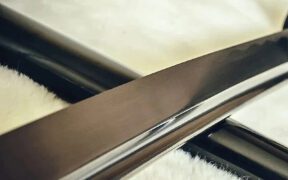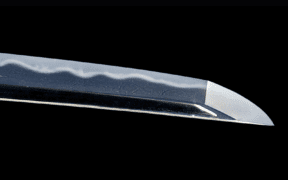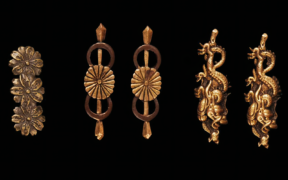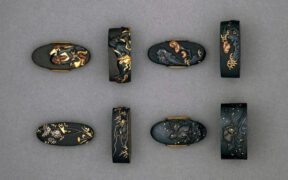Explaining The Function of Munemachi in Japanese Swords
NO AI USED This Article has been written and edited by our team with no help of the AI
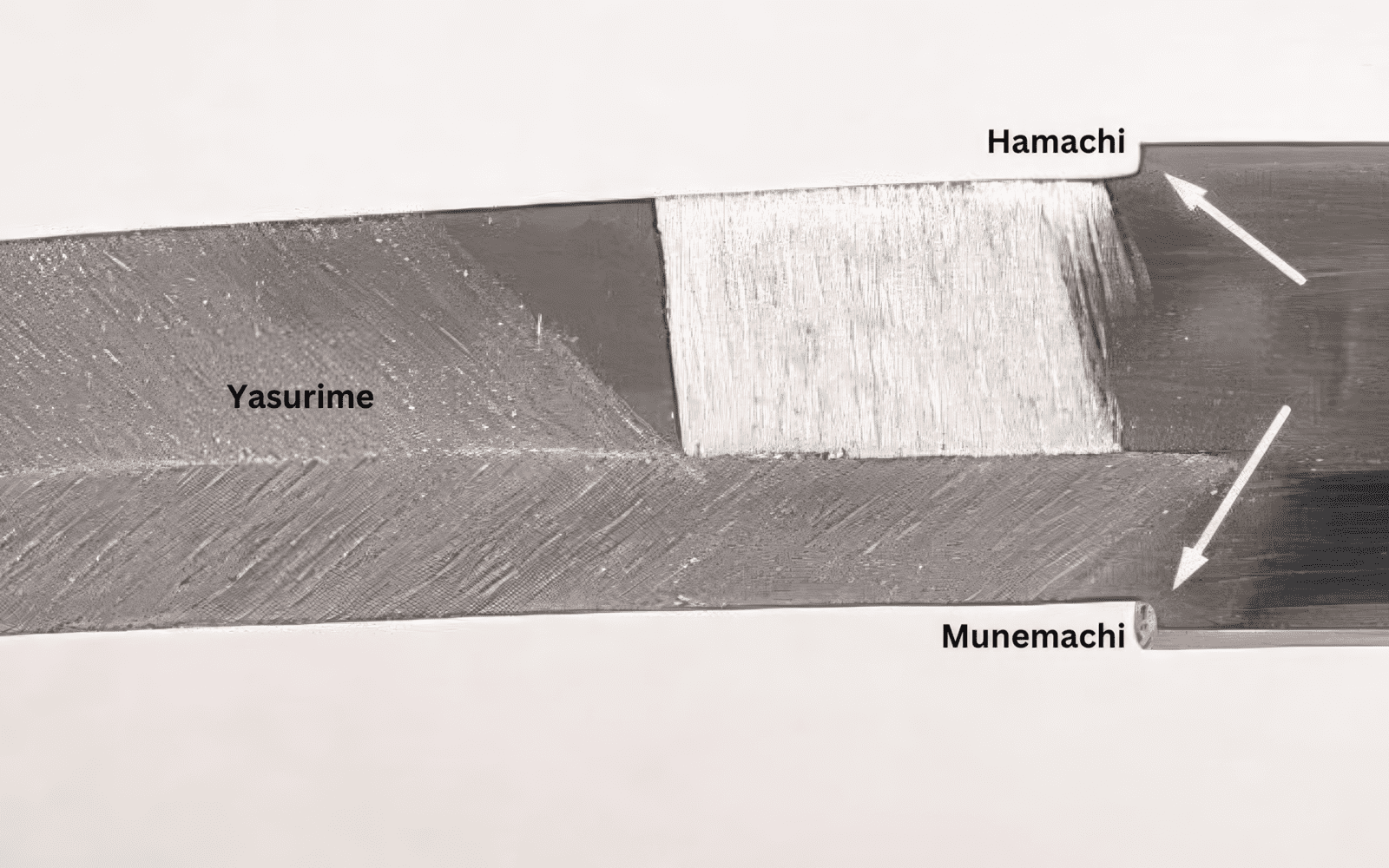
The munemachi is one of the two notches that mark the beginning of the tang of a sword. It is the back notch located on the mune (back) side of the blade, opposite the edge notch (hamachi). Both the munemachi and hamachi divide the blade proper from the tang and play a practical role in storing Japanese blades.
Practical Use of Munemachi in Japanese Blades
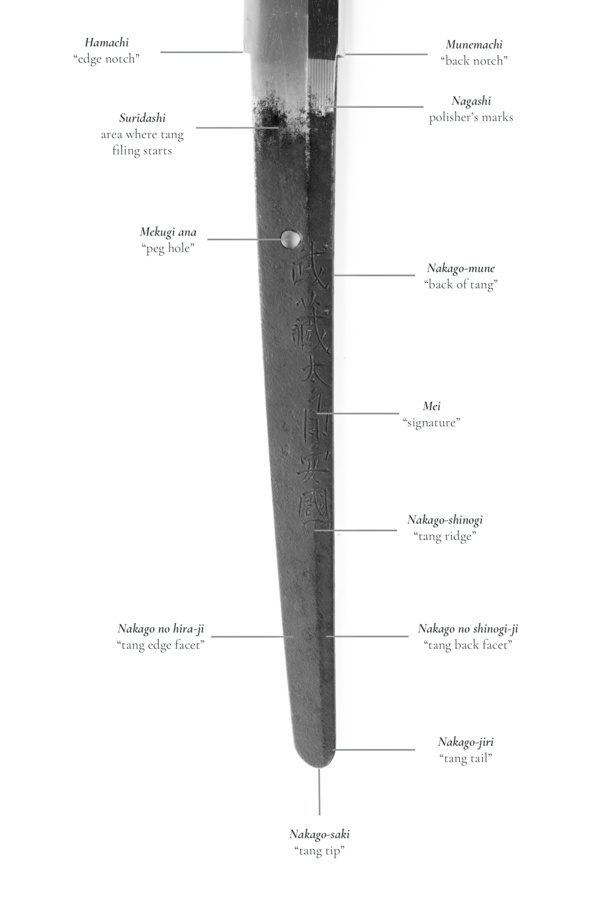
The top of a Japanese sword tang (nakago) has two notches (machi): the munemachi (back notch) and the hamachi (edge notch). These notches are formed where the blade widens out from the tang to form the back surface and the cutting edge of the sword. Munemachi (棟区), also spelled mune-machi, separates the tang from the blade proper.

Generally, the munemachi, along with the hamachi, supports blade collar called habaki. The habaki, a wedge-shaped collar fitted around the base of the blade against these two notches, holds the blade snugly in the scabbard hole. Therefore, the blade floats in the scabbard, with its surface barely touching the wood.
Appreciating the Japanese sword requires its blade surface to be smooth and clear to reveal the details of the steel. This aspect has not been a priority in the West, where wooden scabbards were crafted to fit tightly and secure the blade as required. The Japanese scabbard holds the blade with a loose fit, allowing the sword to slide in and out along its back surface.
